- Take Action: Urge Congress to End Federal Cannabis Prohibition
Blog
New Study Adds to Research Showing Marijuana Could Stop Cancer
Sep 24, 2012
breast cancer, cancer, CBD, CBDA, cell, chemotherapy, growth, migration, Mitch Earleywine, nausea, Research, THC, tumor

Breast cancer kills. Even mentioning the term can be a little creepy. However, thanks to slow but steady scientific progress, it’s not the killer it once was. We’re starting to understand that genetics plays a role in a minority of cases. We’ve found clear links to obesity, high-fat diets, and cigarette smoking. Lack of exercise probably plays a role, too. Regular screening seems like a good idea, but, like many ideas in science, it has some controversy. Treatments are markedly better than they once were, but they can be tough.
The cannabis plant could help. We all know that THC improves appetite and nausea for anyone enduring chemotherapy. This relief is quite the feat. I don’t want to upset anyone’s stomach with a description, but nausea is no treat. We’re not talking about the average queasiness here. Chemotherapy often creates the kind of nausea that prevents any kind of concentrated effort, any movement, and just about any pleasant thought. Never mind eating enough to stay strong and healthy during a challenging time. Unfortunately, nausea drugs can be pricey. Most require that a patient swallow them — hardly a delightful thought under the circumstances. The lucky few who can get a pill down still have to wait for digestion before they feel better. Inhaled cannabis can do all that in seconds for a fraction of the cost. Which would you choose for yourself or your loved ones?
But new evidence suggests that cannabis has the potential to combat breast cancer itself, not just battle the side effects of chemotherapy. A few years ago, we saw that THC, one of the 60+ chemicals unique to the cannabis plant, keeps human breast cancer cells from spreading. Last year, researchers at Harvard showed that CBD, another treasure from the plant, essentially makes breast cancer cells kill themselves. Now researchers in Japan have focused on CBDA, CBD’s precursor. They showed that it also keeps breast cancer cells from spreading.
What does this mean for use of the plant in treating breast cancer patients or preventing breast cancer in the first place? Alas, we have no idea. That, in some ways, is the saddest part. Wouldn’t it be great to know if the whole plant, with all these helpful substances combined into one source, could ward off breast cancer in an actual human being? It’s going to be hard to find out given our current laws. Prohibition has made research with the whole plant an unparalleled hassle. Most researchers are stuck trying to use one cannabinoid at a time. They often get synthesized chemicals from labs rather than extracts from the plant. They study cell lines in petri dishes instead of breast cancer in real people.
Are those who use cannabis regularly less likely to get breast cancer? It’d be great to know. Currently though, there’s little research funding for any study that might prove that cannabis is not evil. In addition, under prohibition, those who use cannabis are often frightened to tell doctors or researchers that they do. Any study of this type would need money to be done right. And there’s just not much money out there for this kind of work. A cure for breast cancer might rest in a simple green plant that’s been around for millennia. Why don’t we try to find it?
It looks like the U.S. would rather let people die than admit we made a mistake prohibiting marijuana.
Dr. Mitch Earleywine is Professor of Clinical Psychology at the University at Albany, State University of New York, where he teaches drugs and human behavior, substance abuse treatment and clinical research methods. He is the author of more than 100 publications on drug use and abuse, including “Understanding Marijuana” and “The Parents’ Guide to Marijuana.” He is the only person to publish with both Oxford University and High Times.

